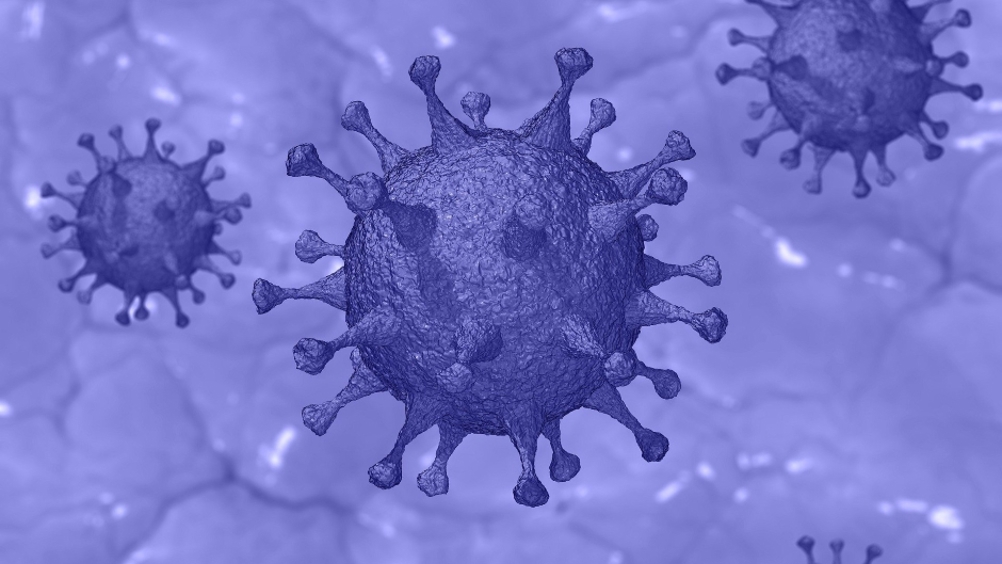Safer far-UVC light kills COVID-19 virus
Ultraviolet C light with a wavelength of 222nm effectively kills SARS-CoV-2 and is safe to use around humans, claim researchers in Japan.


The findings from a team at Hiroshima University are said to be the first that prove the efficacy of 222nm UVC light against the virus that causes COVID-19.
According to Hiroshima University, other studies involving 222nm UVC (Far-UVC) have only looked at its potency in eradicating seasonal coronaviruses that are structurally similar to the SARS-CoV-2 but not on the COVID-19-causing virus itself.
Aerosol extractor could protect against spread of airborne diseases
RAEng announces winners of President’s Special Awards for Pandemic Service
CLICK FOR MORE COVID-19 COVERAGE FROM THE ENGINEER
An in vitro experiment by HU researchers showed that 99.7 per cent of the SARS-CoV-2 viral culture was killed after a 30-second exposure to 222nm UVC irradiation at 0.1mW/cm2. The study is published in the American Journal of Infection Control.
Tests were conducted using an Ushio Care222 krypton-chloride excimer lamp. A 100µl solution containing the virus (ca. 5 × 106 TCID50/mL) was spread onto a 9cm sterile polystyrene plate. The researchers allowed it to dry in a biosafety cabinet at room temperature before placing the Far-UVC lamp 24cm above the surface of the plates.
Register now to continue reading
Thanks for visiting The Engineer. You’ve now reached your monthly limit of news stories. Register for free to unlock unlimited access to all of our news coverage, as well as premium content including opinion, in-depth features and special reports.
Benefits of registering
-
In-depth insights and coverage of key emerging trends
-
Unrestricted access to special reports throughout the year
-
Daily technology news delivered straight to your inbox










Klein Vision unveils AirCar production prototype
According to the Klein Vision website, they claim the market for flying cars will be $1.5 trillion by 2040, so at the top end $1 million per unit that...